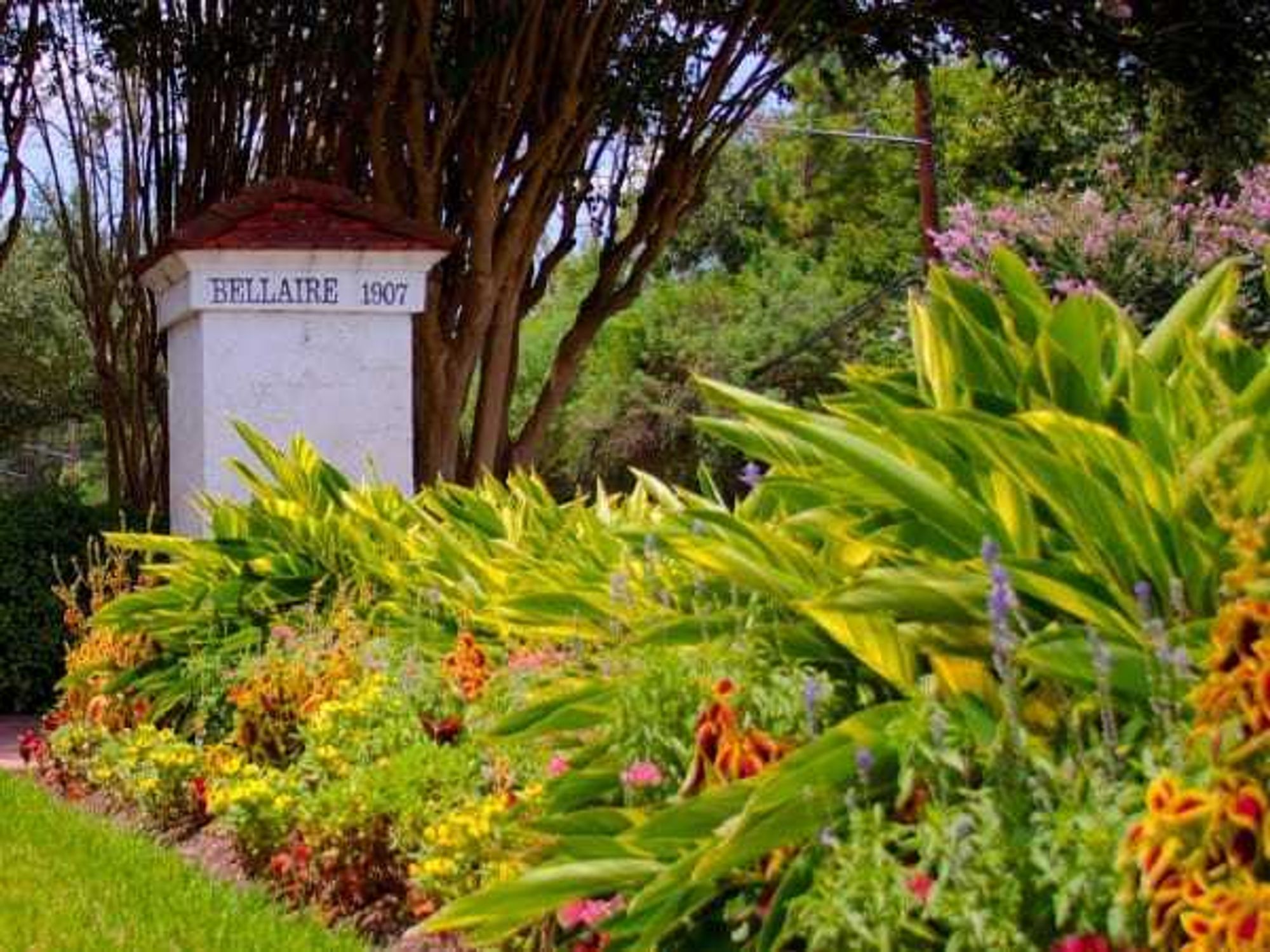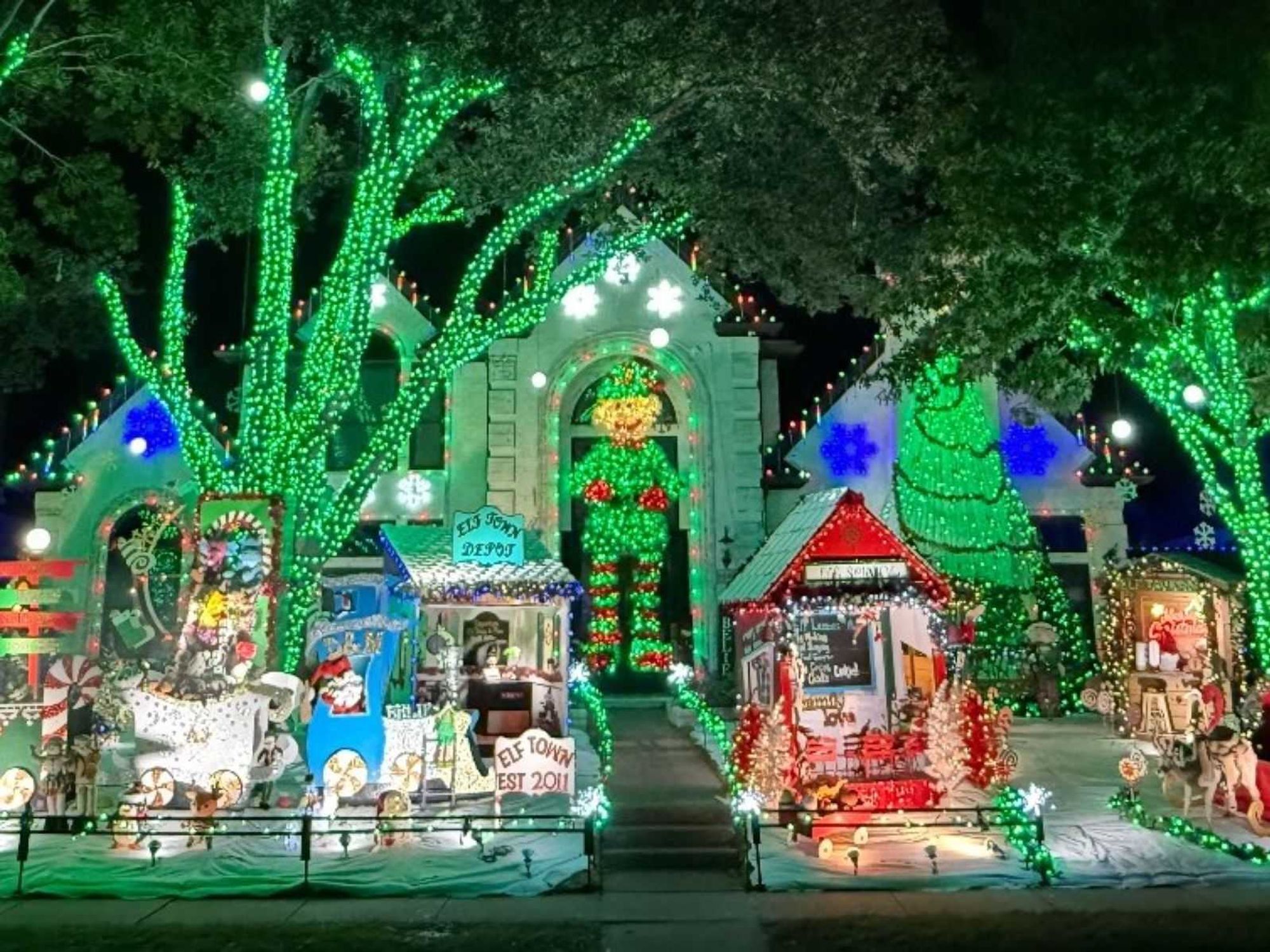Then and Now
Cool then-and-now photos of downtown Dallas take us way back in time

What a difference 100 years makes — especially when it comes to views of downtown Dallas. If you don’t believe us, then just take a look through these then-and-now images put together by the peeps over at RentCafe.com.
In collaboration with university data and images, local government records, and Google Street View, the nationwide apartment search website has created a rich glimpse into the past of Dallas.
Looking through the images we couldn’t help but feel a little nostalgic for how things used to be. There were some pretty amazing buildings 100 years ago, and it’s a shame to see that so many have been torn down (which is all the more reason to support Preservation Dallas’ attempts at saving these endangered Dallas sites).
That said, though, modern-day Dallas has some pretty amazing buildings, too. The Arts District alone has buildings by six different Pritzker Prize-winning architects — all within an area that’s smaller than a square mile.
Whether you’re a fan of old or new, this trip back in time proves one thing — Dallas has always had it going on.
1. Akard Street: View from Akard Street and Pacific Avenue, 1898
The view of North Akard, snapped from the intersection of Akard Street and Pacific Avenue, shows the local businesses and organizations of the time, including the Metropolitan Business College, Dallas Brewery, A. Schneider Drugs, Dallas Ice Factory Light & Power Co., and the August Benat Saloon. Photo credits: 1898, DeGolyer Library, Southern Methodist University; 2015, Google Maps
2. Wilson Building: View from Main and Ervay streets, 1933
One of the major business hubs in Texas for the last 100-plus years, this stretch of the city began as a buzzing center for wholesale liquor, cotton, drugs, jewelry, and books. As commerce changed, it evolved into a notable urban financial hub. This was also the neighborhood that gave birth to Neiman Marcus in 1907. Photo credits: 1933, Library of Congress; 2015, Google Maps
3. Main Street: View between Austin and Market streets, 1900
Looking east along Main Street, between Austin and Market, streetcars have made a recent return to the streets of Dallas. Yet, just a few years after originally being touted as the “safe, economical, and dependable” transport option for locals, they were displaced by the automobiles of the 1950s. Photo credits: 1900, DeGolyer Library, Southern Methodist University; 2015, Google Maps
4. The Old Dallas Fire Department: View from 2121 Main Street, 1929
This building served as an active fire station until the early 1960s. Dallas was actually one of the first cities in the country to create an emergency medical system and employ paid firefighters. The local fire department was originally formed back in the 1870s. Photo credits: 1929, the Portal to Texas History; 2016, Google Maps
5. Griffin & Main: View on Main Street, 1960
This blast from the past shows that by 1960, the streetcar system had been overrun by automobiles, and the sky was rapidly being overtaken by taller buildings. Note the E.M. Kahn sign on left. Founded in 1872, this store is reportedly the first retail shop to have air-conditioning. Photo credits: 1960, Noah Jeppson/flickr.com; 2015, Google Maps
6. Aerial view of Dallas, 1935
By 1935, Dallas was a booming commercial hub, with a substantial business district for the time, and what looks like the beginning of urban sprawl. The skyline doesn’t appear to be too different from today, except with the addition of more glass, color photography, and more major roads. Photo credits: 1935, Coltera/flickr.com; 2015, Google Earth
7. Elm Street, 1900
In this view looking toward the Trinity River, the horses and carriages are a rare site in today’s downtown Dallas. Explore this neighborhood now, and you’ll find hidden speakeasy lounges serving 007 martinis, and the Third Rail rental apartments in Dallas, offering proximity to the Dallas Farmers Market. Photo credits: 1900, DeGolyer Library, Southern Methodist University; 2016, Google Maps
8. Theater Row: View on Elm Street, 1942
The Majestic Theater from 1921 stands, as does the Hart Furniture Store Building, dating back to 1888. Today the Dallas Arts District, which starts a few streets over from Elm, offers a wide variety of experiences, from opera to an Asian art museum to outdoor parks. It is now considered the “largest contiguous arts district in the United States.” Photo credits: 1942, Library of Congress; 2016, Google Maps
9. Dallas Municipal Building: View on Elm Street, 1958
A part of the Harwood Historic District, the Dallas Municipal Building once served as the jail for Lee Harvey Oswald, following the assassination of John F. Kennedy. After undergoing major renovation, the building has been designated as the first public law school in the state — the University of North Texas at Dallas College of Law. Photo credits: 1920, Coltera/flickr.com; 2016, Google Maps
10. Book Depository: View on Elm Street, 1963
A Recorded Texas Historic Landmark, this building is notorious for being the vantage point from which employee Lee Harvey Oswald assassinated JFK. The shot was taken from a sixth floor window in 1963. Two days after his arrest, Oswald himself was killed leaving the above-mentioned Dallas Municipal Building. Photo credits: 1963, Wikimedia.org; 2016, Google Maps
---
Photos and information courtesy of Rentcafe.com.

 David and Melissa Loder's Elf Town is on Penbrook Court in the Deerfield subdivision of Plano. Photo courtesy of David and Melissa Loder
David and Melissa Loder's Elf Town is on Penbrook Court in the Deerfield subdivision of Plano. Photo courtesy of David and Melissa Loder